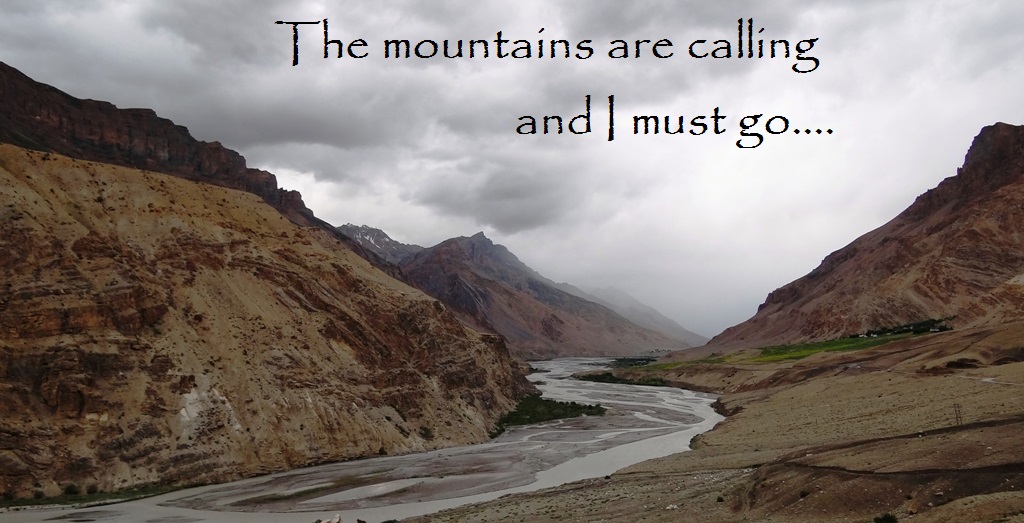INDEX
The Buddhist caves at Rivona
The Petroglyphs of Usgalimal
The Caves at Arvalem
The Jain Temple at Kudne
The Caves at Lamgaon
Goa is an ancient land. In the recent past, it has always been showcased as a Portuguese cultural centre, but its rich history predates the Portuguese by many millennia. The heritage structures in Goa include some really ancient laterite rock-cut caves. Fascinating as these are, they are from Buddhist, Jain and sometimes Brahmanical origin. The scholars are still ambivalent on some of them. One such place is the Arvalem caves in Bicholim Taluka.
 |
| Archaeological Survey of India plaque outside the caves |
 |
| Arvalem Caves |
These caves are believed to have been carved out in the 6th century AD. Located near Sanquelim, overlooking a river, the caves have a courtyard in
front which has a flight of steps which probably went down to the river (Now
the area has been filled up by soil because of the road that is passing in
front of the cave). There are altogether five inner chambers having two outer
chambers and one separate chamber which seems to be a residential chamber. The
outer chambers have a colonnade.
Seeing the construction of these caves with the sanctuary at the southern end and the vihara at the northern end, many experts are of the opinion that these are Buddhist caves. In later times though, they seem to have been taken over by Hindus and Shiv-lings have been established which is attributed to the Bhoja period. This would be somewhere around the 8th century AD according to the dating done on the Shiv-lings.
Sources:
1. Cave Architecture in Goa-A project report submitted to the Goa University in partial fulfillment of the requirements for the Degree of Bachelor of Architecture by Varun Desai
2. Research in history books and websites















